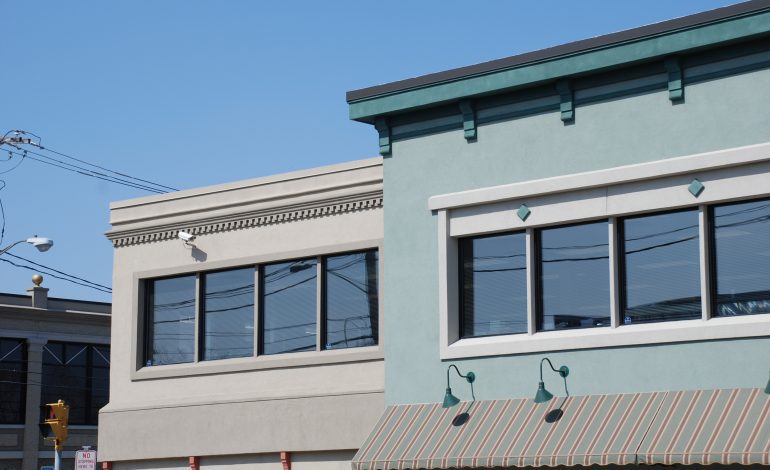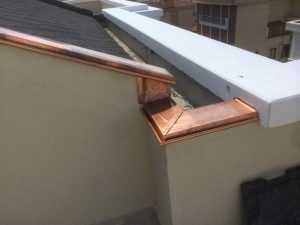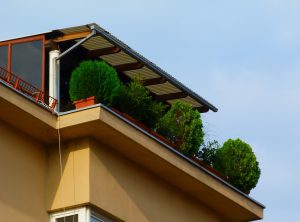
A parapet in construction is an architectural element that plays the role of a fencing structure on the roof in buildings, and literally translates from Italian as “to protect the chest.” Accordingly, this is a wall with a height of no more than 100 cm, on which additional metal railings can be installed. However, the roof is not the only place where such a structure can be found. What is a parapet in relation to a particular situation, we will tell you in this article
In the field of architecture, parapets have a long history, and they have retained their importance in the modern world, despite the rapidly changing and technology-driven world. There are many purposes for which parapets are used.
A parapet wall is an extension of a wall at the edge of a roof that creates a barrier. Concrete parapet slabs can be used for more than just roofing, including terraces, walkways, and more.
Parapets are the part of the roof that eliminates the danger of a flat floor as it also open up many opportunities for the safe and efficient use of roof space.

In a grand architectural concept, a parapet roof may seem like a small detail, but it can often change the dynamics of an entire roof, both in terms of cosmetic finish and safety. There are various options from which you can choose.
A parapet wall may look like just a design choice, but it adds a little more than the building’s characteristic look. It is used in the following ways:
The parapet wall provides the safety of a flat roof rather than exposing the roof edge. If a building has roof access that residents typically use regularly, adding a parapet reduces the likelihood of someone falling off the edge and getting hurt. This makes the space safer to build other roof additions, and it opens up a whole world of possibilities for further use of the space.
As the walls slide over the roof and the space becomes more secure, the roof opens up for a number of uses. Given the weather in a particular area, a greenhouse can be a scenic addition to a rooftop or a seating area can be created for relaxation.
When you are planning to add a parapet to an existing roof, the following important factors need to be considered:

Adding a parapet is a must when planning roof construction. But there is no point in spending money on this as a project. Yes, the parapet provides the safety and usefulness of the roof. But if the roof is not used constantly or there is no access to the roof, spending money on a parapet does not make sense, unless there is a desire to add one for cosmetic and aesthetic reasons.
Expanding an existing wall up the roof after completing a building is comparatively more difficult than building it along with a building. When you add a parapet after construction is complete, it takes a long time as it is a long process. This can cause noise and disturbance for quite some time before the parapet is completely done. Until that time, it will restrict access to everything that is present on the roof.
If the roof is empty, it doesn’t really matter. But if there are satellite dishes and meters on the roof, the structure can damage these devices. It can also severely restrict access during construction. It is extremely important to take into account the existing roof features before deciding to add anything else.
Parapet walls are currently used for security purposes and help prevent the spread of fires. They are also referred to as firewalls. The part of the wall that extends over the existing roof system must be equally fire resistant as the bottom wall. This is required by the building code and you should be aware of this when creating your own commercial building.
Parapet walls serve as good security barriers. But they must be of a certain height in order to achieve this. Smaller walls may remind you that the edge of the roof is close, but they do not provide any protection. Higher parapets prevent people from falling off the edge.
Another common use of wall parapets is for wind resistance. This is a great way to protect your roof elements from the wind.
Leave A Reply